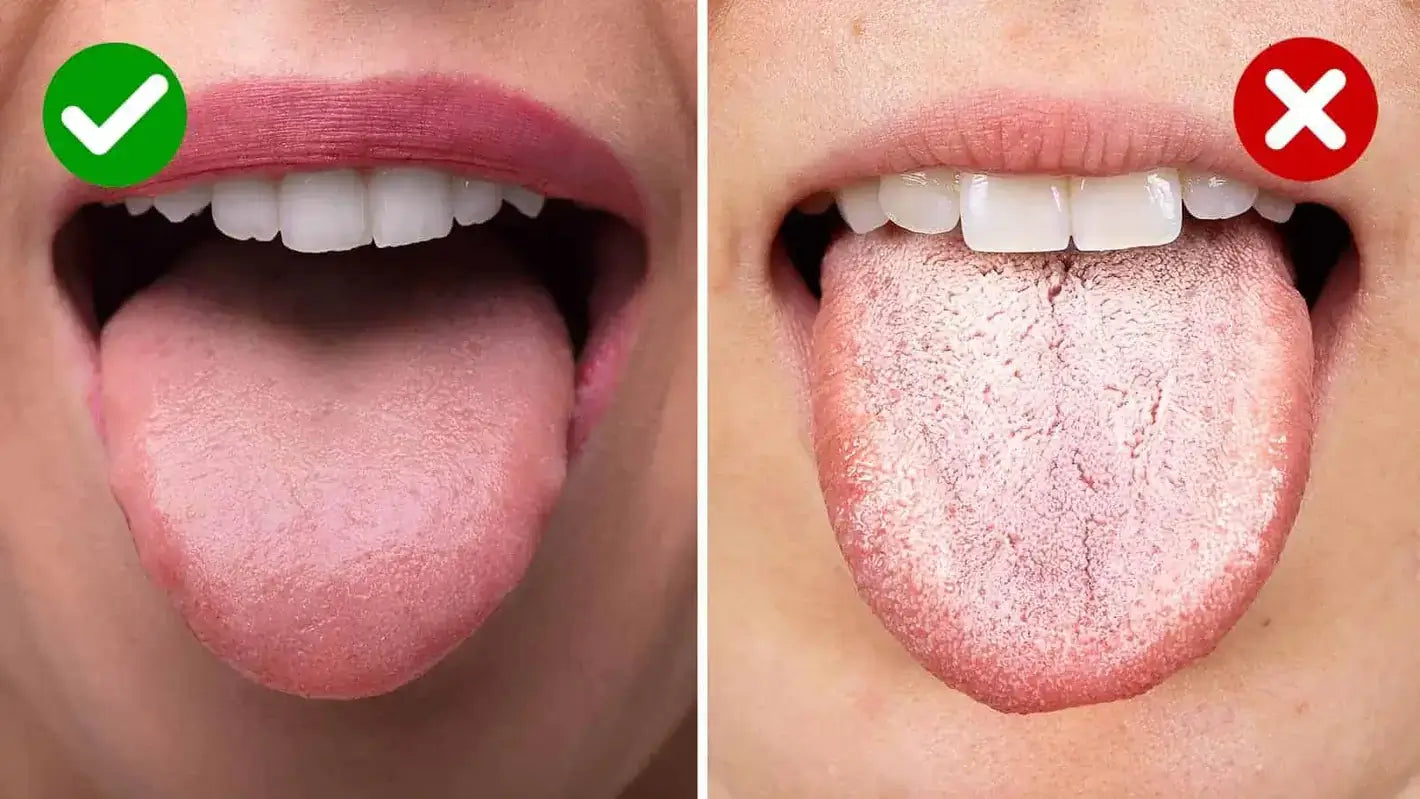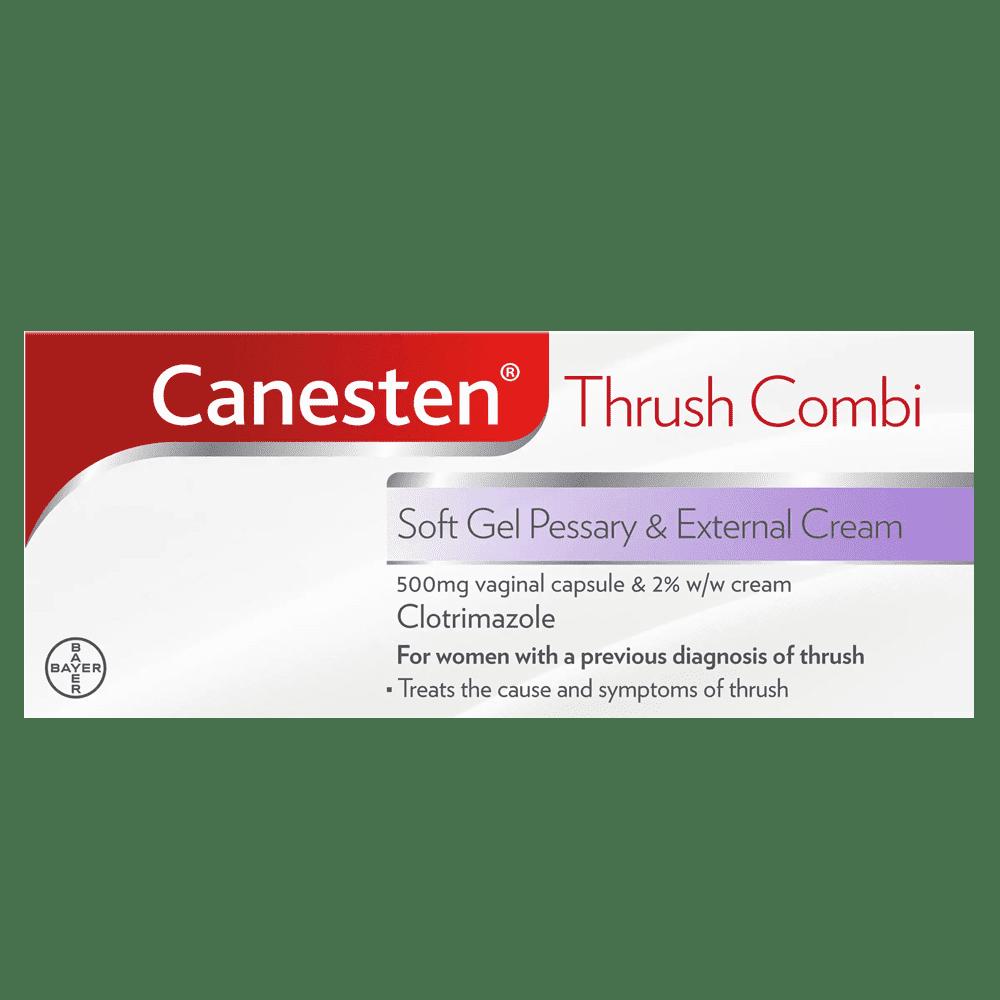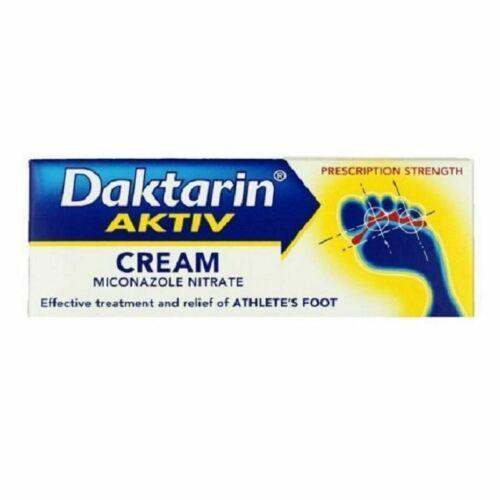
 Instagram
Instagram
White Tongue: Causes, Treatments & Prevention


Related products
What is a white tongue?
A white tongue refers to the appearance of a white coating or patches on the surface of the tongue. The condition is caused by various factors, including poor oral hygiene, infections, and lifestyle choices. In some cases, a white tongue might be a symptom of an underlying medical condition. It is essential to understand the causes, treatments, and prevention of a white tongue to maintain good oral health.
Are there any other terms for having a white tongue?
White tongue is referred to as coated tongue or hairy tongue. The terms are used interchangeably, although they sometimes refer to specific presentations of the condition.
How common is a white tongue?
Having a white tongue is a relatively common occurrence, affecting people of all ages and backgrounds. According to the British Dental Journal, around 50% of the general population may experience a white tongue at some point in their lives.
Importance of understanding the causes, treatments, and prevention
Understanding the causes, treatments, and prevention of a white tongue is crucial for maintaining good oral health and overall well-being. Early identification and intervention helps prevent complications and ensure effective treatment. Additionally, knowing the risk factors helps individuals adopt healthier habits to prevent the occurrence of a white tongue.
What Causes a White Tongue?
The causes of a white tongue are diverse, ranging from inadequate oral hygiene to infections and lifestyle factors. It is essential to identify the specific cause to tailor the appropriate treatment and prevention strategies.
Oral hygiene and white tongue
Poor oral hygiene contributes significantly to the development of a white tongue. Inadequate brushing, flossing, and tongue cleaning results in the accumulation of bacteria, dead cells, and food debris on the tongue's surface.
Inadequate oral hygiene
Dr. Nigel Carter OBE, Chief Executive of the Oral Health Foundation, emphasises the importance of proper oral hygiene in preventing a white tongue2. He recommends brushing teeth for at least two minutes twice a day, flossing daily, and using a tongue cleaner or scraper to remove bacteria and debris from the tongue's surface.
Dry mouth and having a white tongue
A dry mouth contributes to a white tongue as it creates a conducive environment for bacteria to thrive. Saliva plays a crucial role in keeping the mouth clean by washing away food particles and bacteria. Reduced saliva production might lead to an increased risk of a white tongue as explained by Dr Mervyn Druian from the London Centre for Cosmetic Dentistry.
Infections and white tongue
Various infections cause a white tongue, including oral thrush and leukoplakia. It is important to identify and treat the underlying infection to effectively manage the white tongue.
Oral thrush and having a white tongue
Oral thrush, a fungal infection caused by Candida, causes a white tongue. A weakened immune system, antibiotics, and certain health conditions increase the risk of developing oral thrush as stated Dr. Richard Marques, a London-based dentist. The condition is characterised by white, creamy lesions on the tongue and inner cheeks. Treatment typically involves anti-fungal medications prescribed by a healthcare professional.
Leukoplakia and having a white tongue
Leukoplakia is a condition characterised by white patches on the tongue and the inside of the mouth. Dr. Adam S. Harwood, an oral and maxillofacial surgeon, explains that leukoplakia may be caused by chronic irritation, tobacco use, or even an impaired immune system. It is essential to consult a healthcare professional for a proper diagnosis, as leukoplakia sometimes is a precursor to oral cancer.
Lifestyle factors contributing to white tongue
Lifestyle choices, such as tobacco use, alcohol consumption, and dehydration, contributes to the development of a white tongue. Adopting healthier habits help prevent the condition and improve overall oral health.
Tobacco use and white tongue
Smoking and using other tobacco products is linked to causing a white tongue due to the toxins and chemicals found in tobacco. Tobacco use increases the risk of developing leukoplakia and other oral health issues, as highlighted The British Dental Association. Quitting tobacco significantly reduces the risk of a white tongue and improve oral health.
Alcohol consumption and white tongue
Excessive alcohol consumption leads to a white tongue by causing dehydration and irritation of the oral tissues. Dr. Sameer Patel, a dental surgeon and clinical director at Elleven Dental, advises limiting alcohol intake to prevent oral health issues, including a white tongue.
Dehydration and white tongue
Dehydration is able to cause a white tongue by reducing saliva production, which leads to an increased accumulation of bacteria and debris on the tongue's surface. The National Health Service (NHS) recommends drinking at least six to eight glasses of water daily to stay adequately hydrated.
Medical conditions and medications related to having a white tongue
Some medical conditions and medications contributes to the development of a white tongue. These conditions may require specific management or treatment approaches to effectively address the white tongue.
Geographic tongue
Geographic tongue, known as benign migratory glossitis, is a condition characterised by irregularly shaped, red patches on the tongue. The British Dental Health Foundation explains that although the exact cause of geographic tongue is unknown, it is generally considered harmless and does not require treatment.
Oral lichen planus
Oral lichen planus is an inflammatory condition that affects the lining of the mouth, including the tongue. According to the British Association of Dermatologists, oral lichen planus might manifest as white, lacy patches on the tongue. Treatment may involve corticosteroids or other medications to manage inflammation.
Pernicious anaemia
Pernicious anaemia is a condition in which the body cannot properly absorb vitamin B12, leading to a deficiency. The NHS states that one of the symptoms of pernicious anaemia is a sore, red, and sometimes white tongue. Treatment usually involves vitamin B12 injections or oral supplements.
Medications causing dry mouth
Certain medications potentially causes dry mouth as a side effect, which in turn contribute to a white tongue. The Oral Health Foundation lists medications such as antidepressants, antihistamines, and diuretics as possible causes of dry mouth. If a medication is causing dry mouth and white tongue, it is essential to consult with a healthcare professional to explore alternative treatment options.
Nutritional deficiencies and white tongue
Nutritional deficiencies, particularly vitamin B12 and iron deficiencies, might be a cause a white tongue due to changes in the tongue's appearance and texture.
Vitamin B12 deficiency
The NHS highlights that a smooth, red tongue, sometimes with a white coating, is a symptom of vitamin B12 deficiency. Treating the deficiency with vitamin B12 supplements or dietary changes helps improve the appearance of the tongue.
Iron deficiency
Iron deficiency might cause a white tongue, as it might lead to a condition called glossitis, where the tongue becomes swollen, smooth, and pale. The British Dietetic Association recommends consuming iron-rich foods to prevent and treat iron deficiency.
White Tongue and Illness: What's the link?
While a white tongue is not always indicative of an illness, it sometimes is a symptom of an underlying health issue or infection. It is essential to monitor any changes in the tongue's appearance and consult a healthcare professional if concerns arise.
Relationship between white tongue and sickness
A white tongue is potentially a sign of an underlying health issue or infection, such as oral thrush, leukoplakia, or nutritional deficiencies. In some cases, a white tongue indicates a weakened immune system or other systemic conditions. It is essential to investigate any persistent changes in the tongue's appearance and seek appropriate medical advice.
When to seek medical attention
If a white tongue persists despite improved oral hygiene, or if it is accompanied by pain, discomfort, or other symptoms, it is essential to consult a healthcare professional for further evaluation. Early diagnosis and intervention helps address the underlying cause and prevent complications.
Diagnosis of White Tongue
Diagnosing the cause of a white tongue typically involves a clinical examination, medical history evaluation, and, in some cases, laboratory tests and imaging. Depending on the findings, a referral to a specialist may be necessary for further assessment and treatment.
Clinical examination
A dentist or healthcare professional usually begins the diagnostic process with a thorough clinical examination of the tongue and oral cavity. This examination helps identify any signs of infection, inflammation, or other abnormalities that might be causing the white tongue.
Medical history evaluation
Evaluating the patient's medical history helps identify potential contributing factors or underlying conditions related to the white tongue. The healthcare professional may ask about the patient's oral hygiene practices, lifestyle factors, and any medications being taken.
Laboratory tests and imaging for a white tongue
In some cases, laboratory tests and imaging may be necessary to confirm the cause of a white tongue. For instance, a swab of the tongue's surface may be taken to identify the presence of Candida or other pathogens. Blood tests performed are able to detect nutritional deficiencies or other systemic conditions.
Referral to a specialist, if necessary
If the cause of the white tongue is unclear or requires specialised treatment, the patient may be referred to a specialist, such as an oral surgeon, dermatologist, or gastroenterologist. These specialists provides further assessment and tailored treatment plans to address the underlying cause of the white tongue.
Treatments for White Tongue
Treating a white tongue depends on the underlying cause. Treatment options may include addressing oral hygiene issues, treating underlying infections, making lifestyle modifications, managing medical conditions, and addressing nutritional deficiencies.
Overview of treatment options
Depending on the cause of the white tongue, various treatment options may be recommended by healthcare professionals. These range from improving oral hygiene practices to prescription medications and lifestyle changes.
Addressing oral hygiene issues
Improving oral hygiene is often the first step in treating a white tongue, as it helps reduce the accumulation of bacteria and debris on the tongue's surface.
Proper brushing and flossing techniques
Using the correct brushing and flossing techniques helps maintain oral hygiene and prevent the development of a white tongue. The British Dental Association recommends brushing teeth for at least two minutes twice a day, using fluoride toothpaste and cleaning between the teeth with dental floss or interdental brushes.
Use of antimicrobial mouthwashes
Using an antimicrobial mouthwash helps reduce the bacterial load in the mouth and prevent the formation of a white tongue. It is essential to choose a mouthwash that is suitable for long-term use and does not contain alcohol to avoid drying out the mouth.
Tongue cleaning or scraping
Regularly cleaning or scraping the tongue helps remove bacteria, debris, and dead cells from the tongue's surface. The British Dental Health Foundation suggests using a tongue cleaner or scraper as part of a daily oral hygiene routine.
Treatment for underlying infections
If the white tongue is caused by an underlying infection, such as oral thrush or a bacterial infection, appropriate medications that are prescribed by a healthcare professional.
Antifungal medications for oral thrush
Oral thrush is typically treated with anti-fungal medications, such as lozenges, tablets, or mouthwashes. The NHS advises that treatment duration may vary depending on the severity of the infection and the patient's overall health.
Antibiotics for bacterial infections
In cases where a bacterial infection is causing the white tongue, antibiotics may be prescribed by a healthcare professional. It is essential to complete the full course of antibiotics as directed to ensure the infection is effectively treated.
Lifestyle modifications
Making certain lifestyle changes helps prevent and treat a white tongue. These may include quitting tobacco, limiting alcohol consumption, and staying hydrated.
Quitting tobacco and limiting alcohol consumption
As mentioned earlier, quitting tobacco use and reducing alcohol intake significantly improves oral health and prevent the development of a white tongue. Support and guidance are available from healthcare professionals to help individuals quit smoking and manage alcohol consumption.
Staying hydrated
Maintaining proper hydration helps prevent a white tongue by promoting healthy saliva production. Drinking at least six to eight glasses of water daily is recommended by the NHS to stay adequately hydrated.
Addressing pernicious anaemia
Treating pernicious anaemia typically involves vitamin B12 injections or oral supplements to address the deficiency. Regular monitoring and follow-up appointments with a healthcare professional are crucial to ensure appropriate management.
Adjusting or changing medications, if necessary
If a medication is causing dry mouth and contributing to a white tongue, it may be necessary to adjust the dosage or switch to an alternative medication under the guidance of a healthcare professional.
Nutritional supplementation for deficiencies
If a nutritional deficiency is causing the white tongue, supplementation with the appropriate vitamins or minerals may be necessary. A healthcare professional advises on the most suitable supplementation and dietary changes to address the deficiency.
White Tongue: Images and Comparison to Thrush
Understanding the visual appearance of a white tongue and differentiating it from oral thrush helps individuals recognise the condition and seek appropriate treatment.
Visual appearance of white tongue
A white tongue typically presents as a white or greyish coating on the tongue's surface, which may be patchy or uniform. The coating is usually caused by an accumulation of bacteria, dead cells, and debris. In some cases, the tongue might appear swollen or have a fissured appearance.
Differentiating between white tongue and oral thrush
While both white tongue and oral thrush they potentially present as a white coating on the tongue, there are some key differences. Oral thrush is caused by an overgrowth of the fungus Candida and often presents as white, creamy lesions that may be raised and resemble cottage cheese. These lesions spread to other areas of the mouth, such as the inner cheeks, gums, or tonsils. Oral thrush may cause additional symptoms such as a burning sensation, pain, or difficulty swallowing.
In contrast, a white tongue caused by factors other than thrush is usually characterised by a white coating limited to the tongue's surface and may not cause additional symptoms or discomfort. Consulting a healthcare professional helps accurately diagnose the cause of a white tongue and provide appropriate treatment options.
Prevention of White Tongue
Preventing a white tongue involves maintaining good oral hygiene, making lifestyle changes, and ensuring early detection and management of underlying health conditions.
Maintaining good oral hygiene
Practising good oral hygiene is the cornerstone of preventing a white tongue. This involves regular brushing and flossing, using a tongue cleaner or scraper, and attending regular dental check-ups.
Brushing and flossing regularly
Brushing teeth at least twice a day for two minutes each time, using fluoride toothpaste and cleaning between the teeth with dental floss or interdental brushes, helps maintain a healthy mouth and prevent the development of a white tongue.
Using a tongue cleaner or scraper
Regularly cleaning or scraping the tongue helps remove bacteria, debris, and dead cells from the tongue's surface, preventing a white tongue. The British Dental Health Foundation recommends using a tongue cleaner or scraper daily.
Regular dental check-ups
Attending regular dental check-ups allows dental professionals to monitor oral health, provide guidance on maintaining good oral hygiene, and address any issues before they progress.
Lifestyle changes
Making certain lifestyle changes, such as avoiding tobacco, limiting alcohol intake, staying hydrated, and eating a balanced diet, helps prevent a white tongue.
Avoiding tobacco and limiting alcohol intake
Quitting tobacco and moderating alcohol consumption improves oral health and reduce the risk of developing a white tongue. Support and guidance are available from healthcare professionals to help quit smoking and manage alcohol consumption.
Drinking enough water
Staying adequately hydrated by drinking at least six to eight glasses of water daily helps maintain healthy saliva production and reduce the risk of a white tongue.
Eating a balanced diet
Consuming a balanced diet rich in vitamins and minerals helps support overall health and maintain a healthy oral environment. The NHS Eatwell Guide provides guidance on eating a balanced diet.
Early detection and management of underlying conditions
Regular health check-ups and monitoring for signs and symptoms of infections or other medical conditions helps ensure early detection and management of any issues contributing to a white tongue.
Regular health check-ups
Attending regular health check-ups enables healthcare professionals to monitor general health, identify any potential issues, and provide guidance on maintaining a healthy lifestyle.
Monitoring for signs and symptoms of infections or other medical conditions
Being aware of the signs and symptoms of infections or other medical conditions that may contribute to a white tongue helps ensure early detection and treatment. Consult a healthcare professional if any unusual symptoms or persistent changes in the tongue's appearance are noticed.
Common White Tongue-related Concerns
There are several common concerns related to a white tongue, including its association with a sore throat, dehydration, and whether a white coating on the tongue is normal.
White tongue and sore throat
A white tongue sometimes occur alongside a sore throat. The connection might be due to an underlying infection, such as oral thrush or a bacterial infection like strep throat. In such cases, it is essential to consult with a healthcare professional to obtain an accurate diagnosis and appropriate treatment.
White tongue and dehydration
Dehydration contributes to the development of a white tongue, as it may cause a dry mouth and reduced saliva production, allowing bacteria and debris to accumulate on the tongue's surface. Ensuring proper hydration by drinking at least six to eight glasses of water daily helps prevent a white tongue.
White coating on the tongue: Is it normal?
A thin, white coating on the tongue might be normal, as the tongue is naturally covered with small, finger-like projections called papillae, which traps bacteria and debris. However, a thick, persistent, or extensive white coating on the tongue may indicate an underlying issue and must be assessed by a healthcare professional.
Conclusion
A white tongue results from various causes, including poor oral hygiene, infections, lifestyle factors, medical conditions, and nutritional deficiencies. Understanding these causes, as well as appropriate treatments and prevention strategies, is essential for maintaining good oral health.
Summary of white tongue causes, treatments, and prevention
The key to managing and preventing a white tongue is to address the underlying cause, which may involve improving oral hygiene, treating infections, making lifestyle changes, or managing medical conditions and nutritional deficiencies.
Importance of early intervention and maintaining oral health
Early intervention and maintaining good oral hygiene practices are crucial for preventing and managing a white tongue. Regular dental check-ups, proper brushing and flossing techniques, tongue cleaning, and a healthy lifestyle all contribute to a healthy oral environment.
Encouragement to consult with a healthcare professional if concerns arise
If concerns about a white tongue or any related symptoms arise, it is important to consult with a healthcare professional for an accurate diagnosis and appropriate treatment options. Early intervention helps prevent complications and ensure optimal oral health.

















 Rated Excellent by 26,523+ Reviews
Rated Excellent by 26,523+ Reviews